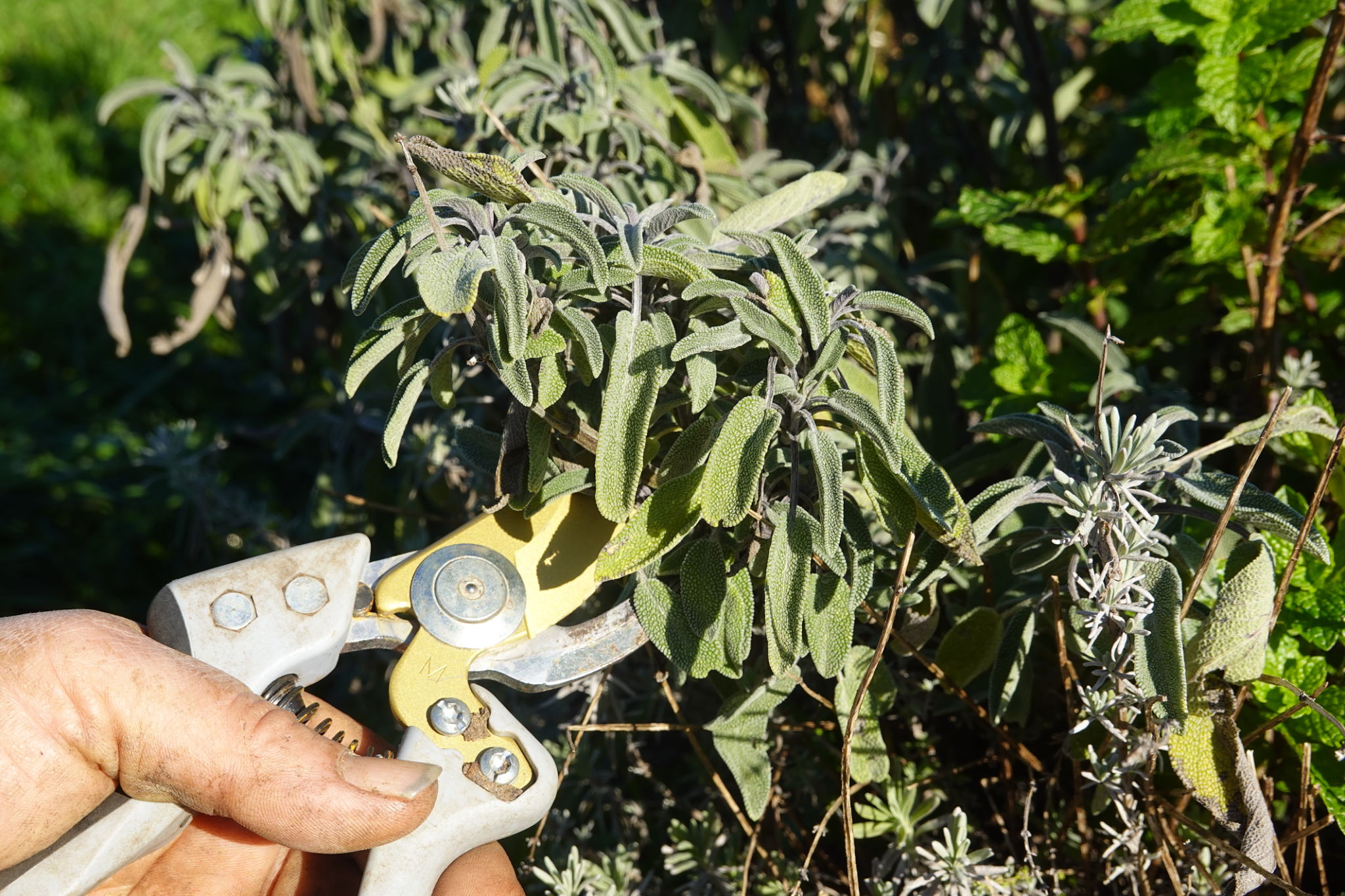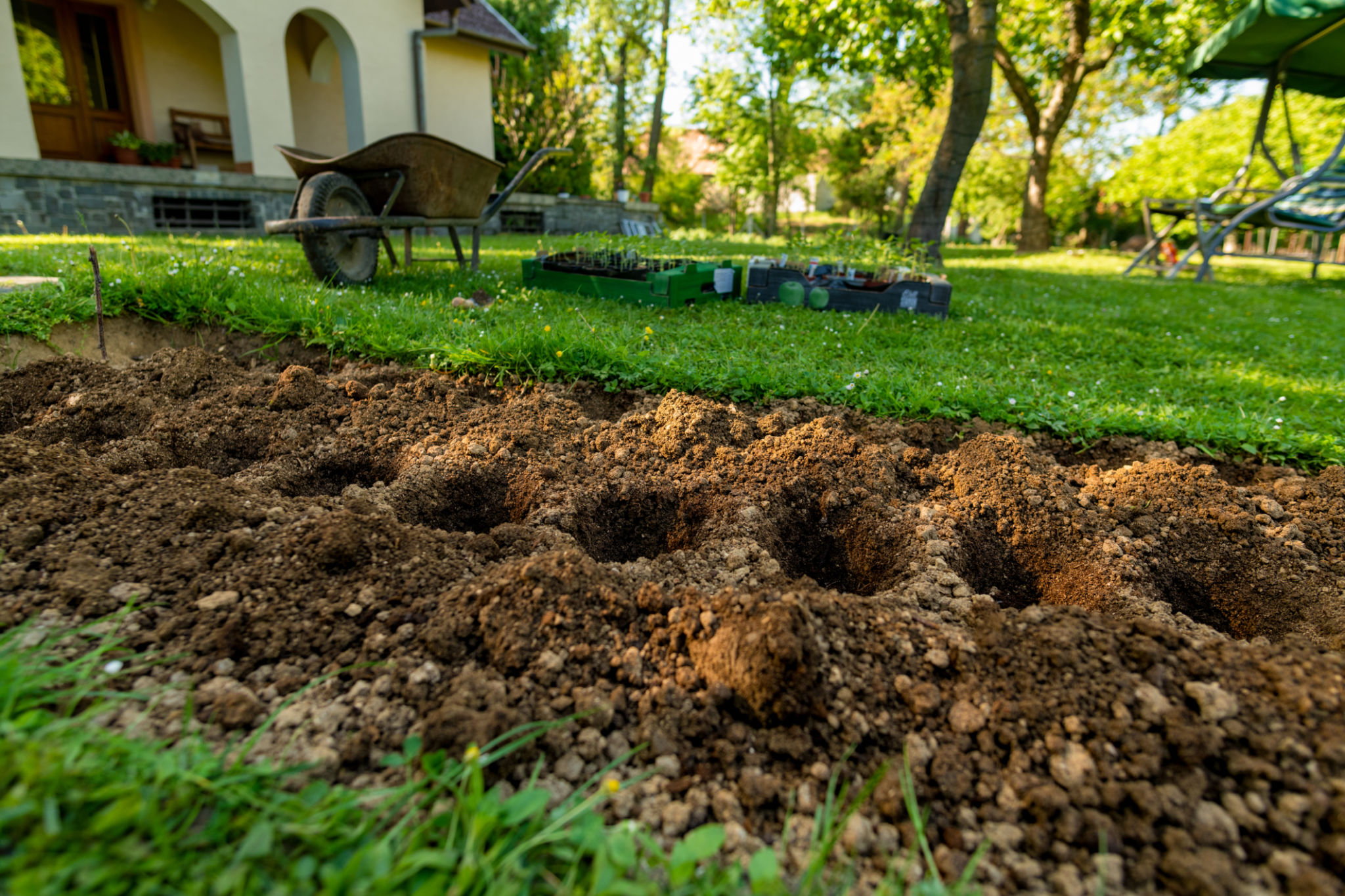Ultimate Guide to Landscape Maintenance: Tips for a Beautiful Garden
Understanding Your Garden's Needs
Every garden is unique, with its own set of needs and challenges. To maintain a beautiful landscape, it's crucial to understand the specific requirements of your plants and soil. Start by assessing the type of soil, the amount of sunlight, and the climate conditions your garden experiences. Tailoring your maintenance practices to these factors will ensure healthier growth and a more vibrant garden.
Regular soil testing can provide insights into nutrient deficiencies or pH imbalances. Based on the results, you can amend the soil with compost, fertilizers, or lime to create the optimal growing environment for your plants.

Pruning and Trimming Techniques
Pruning and trimming are essential landscape maintenance tasks that promote plant health and enhance the visual appeal of your garden. Regularly removing dead or diseased branches helps prevent the spread of infections and encourages new growth. Use sharp, clean tools to make precise cuts and avoid damaging the plants.
Timing is also crucial when pruning. For most flowering plants, it's best to prune after they have bloomed to avoid cutting off future flowers. However, some trees and shrubs may require different timing, so be sure to research the specific needs of your plants.

Watering Wisely
Water is vital for plant health, but overwatering or underwatering can cause significant stress. Implementing a watering schedule that considers the local climate and plant types is key. Early morning is often the best time to water, as it allows moisture to reach the roots before the heat of the day causes evaporation.
Consider installing a drip irrigation system or soaker hoses to deliver water directly to the roots, reducing waste and ensuring efficient hydration. Mulching can also help retain soil moisture and suppress weeds.

Fertilizing for Growth
Fertilizing provides essential nutrients that support plant growth and development. Choose a fertilizer that matches the nutritional needs of your plants, whether it's a balanced all-purpose option or one designed for specific plant types like roses or vegetables.
Apply fertilizers according to the package instructions, usually during the growing season. Over-fertilizing can harm plants, so moderation is key. Organic options like compost or well-rotted manure are excellent choices for enriching the soil naturally.
Pest Management
Pests can quickly turn a thriving garden into a struggling one. Regular inspection of plants for signs of pests or disease is essential. Integrated Pest Management (IPM) strategies combine cultural, biological, and mechanical methods to control pests while minimizing chemical use.
Encouraging beneficial insects like ladybugs and lacewings can naturally reduce pest populations. When necessary, organic pesticides or homemade remedies can be effective without harming the environment.

Seasonal Maintenance Tasks
Each season brings different maintenance tasks that keep your garden in top shape year-round. In spring, focus on cleaning up winter debris and preparing beds for planting. Summer requires vigilant watering and pest control, while autumn is the time for pruning and planting bulbs for spring blooms.
Winter is ideal for planning next year's garden design and maintenance schedules. By staying on top of seasonal tasks, you'll ensure a continuously beautiful landscape.

Creating a Sustainable Garden
Sustainability in gardening not only benefits the environment but also reduces maintenance efforts in the long run. Incorporating native plants that are well-suited to local conditions can minimize water usage and pest issues. Creating habitats for wildlife like birds and butterflies adds ecological value to your garden.
Consider composting organic waste to create a natural fertilizer for your garden. By reducing reliance on chemical inputs, you contribute positively to the ecosystem while maintaining a healthy landscape.